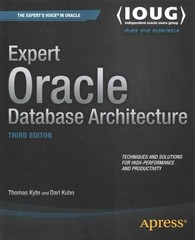Answered step by step
Verified Expert Solution
Question
1 Approved Answer
Consider the three statements below: n in N , P ( n ) ( 3 ) n in N , P ( n + 1
Consider the three statements below:n in N Pnn in N Pn n in N Pn Pn a Expand each statement by replacing each universal expression or subexpression with an appropriateconjunctioninclude at least three explicit terms, together with b Reexpress statement as a universal quantification over the domain Nc List each pair of distinct statements where the first entails the second ie where every predicateP that makes the first of the pair true also makes the second of the pair true No justificationnecessaryd For each pair of statements where the first one does not entail the second one, define a concretepredicate P over N to demonstrate the nonentailment. Also draw a representative table for P Forexample if Px is defined as x is even you might draw the table below.
Step by Step Solution
There are 3 Steps involved in it
Step: 1

Get Instant Access to Expert-Tailored Solutions
See step-by-step solutions with expert insights and AI powered tools for academic success
Step: 2

Step: 3

Ace Your Homework with AI
Get the answers you need in no time with our AI-driven, step-by-step assistance
Get Started


